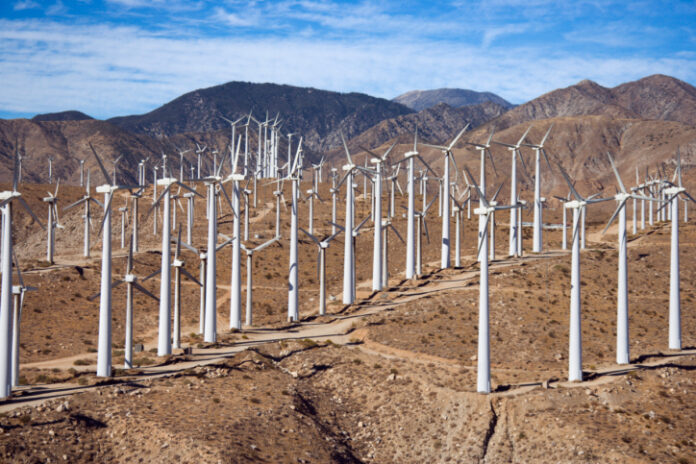Energy prices could increase rapidly if government leaders don’t pivot, according to a report presented to Utah’s Federalism Commission.
The report analyzed the full cost of federal decarbonization policies. Professor William Hayden Smith, who teaches Earth and Planetary Sciences at Washington University, compiled the report alongside another professor and an energy economist.
“I can predict with some certainty that the prices of energy in this country and electricity as well will escalate rapidly if we don’t invest in and utilize our fossil fuel systems while we develop a workable alternative, which the renewable systems that are being developed are not demonstrably from the data,” Smith told the committee Monday.
He said the estimates that compare the costs of producing energy from renewable sources don’t include all the related components and therefore fail to provide a full picture of the real costs.
Overall, the report found wind and solar have inadequate energy return on investment and low material efficiency.
Though wind only produces 8% of the energy, it received $310 billion in funding while coal produces 36% of the energy and received an estimated $125 billion in funding.
“The coal produced eight times the return in energy for the investment compared to renewable energy. That’s a purely political decision,” said Smith.
Meanwhile, there has been no net growth in investment in renewable energy since 2010, according to the report.
“All the growth has occurred in the investment in consumption of energy: battery electric vehicles and heat pumps. But that doesn’t make any sense if you want to try to build a replacement system for the existing fossil fuel-based power systems,” Smith said.
And decision makers are not solving the real problems, according to Smith.
“In other words, the governments are not meeting their obligation to make energy secure, reliable, and affordable,” he said.
The report also cited shortcomings with wind and solar including environmental damage to plant and animal life, and negative effects on local and regional climate systems like warming, wind extraction, and atmospheric changes.
One of the greatest harms wind turbines could have on the ecosystem and humans is insect losses, according to the report. A study on insect fatalities in Germany estimated 25 trillion insects were killed annually by wind turbine blades. The study also concluded that wind turbine efficiency losses due to insect residue on rotors would reach 50%.
Furthermore, the report found climate warming in areas where wind turbines were placed.
“The wind farms by themselves exceed the global warming related to carbon dioxide,” said Smith.
Another shortcoming was lack of provisions for recycling materials from wind turbines, which have a lifespan of about six to eight years, and solar panels. The report found no provision exists yet for these massive recycling needs and the costs related to mining, fabricating, and recycling wind and solar are missing from renewable energy cost estimates.
“Utah is a state with lots of resources,” said Smith, adding: “Utah needs to take back control of its resources to use them as Utah sees fit.”
Originally published by The Center Square. Republished with permission.
To read more about renewable energy and costs, click here.
To read more about energy policy, click here.


























